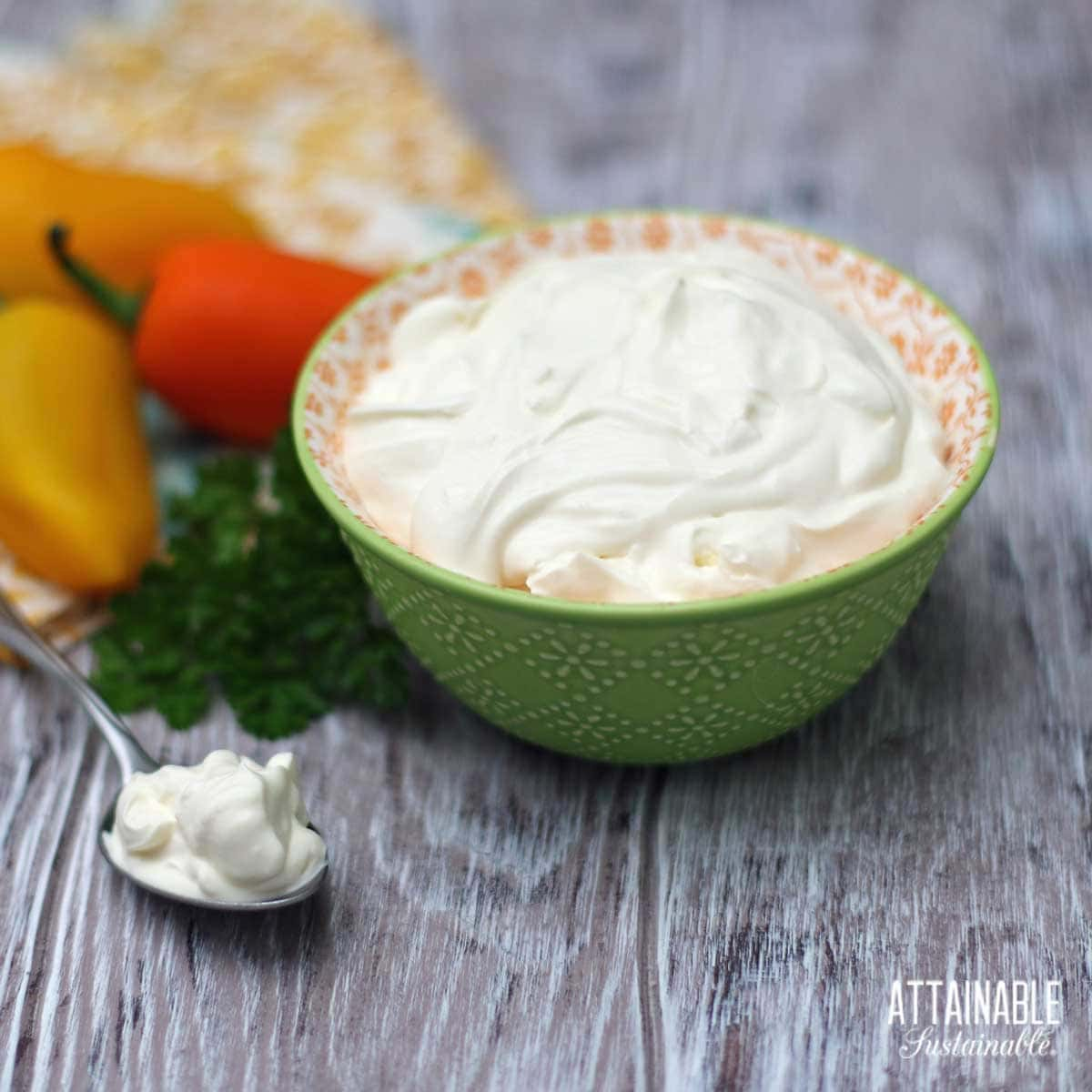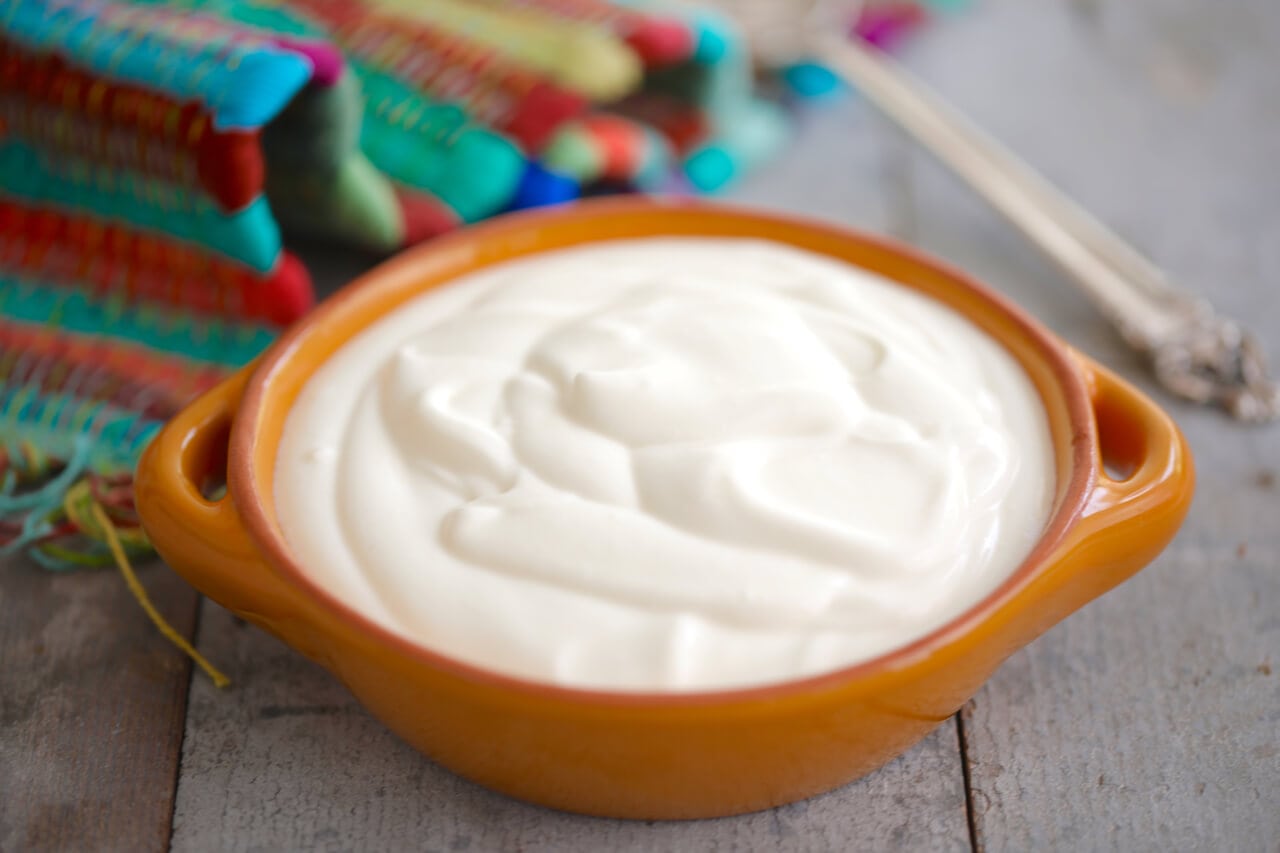How To Make Sour Cream - A Simple Guide To Creating Creamy Delights
Are you ready to transform your kitchen into a hub of homemade goodness? Learning how to make sour cream is simpler than you might think, and it opens up a world of culinary possibilities. Whether you're baking, whipping up dips, or adding a creamy touch to your favorite meals, homemade sour cream brings a richness that store-bought versions just can't match. In this guide, we'll break down the process step by step, giving you all the tools you need to create tangy, velvety sour cream right at home.
What sets homemade sour cream apart? The secret lies in the ingredients and the fermentation process. Unlike store-bought options that often include preservatives and stabilizers, making your own allows you to control every element. You can choose the creaminess, tanginess, and even the health benefits by selecting fresh, high-quality ingredients. Plus, it's incredibly versatile. From savory to sweet, sour cream can elevate any dish with its rich flavor.
Let’s not forget the health perks. Homemade sour cream, especially when made with raw or organic ingredients, is packed with probiotics that support gut health. It’s a win-win for both your taste buds and your wellness routine. So, if you're ready to skip the store aisle and start creating your own creamy wonders, this guide is just what you need. Let’s get started!
What Exactly is Sour Cream Anyway?
Sour cream is more than just a creamy topping or dip ingredient. It’s a product that results from the fermentation of cream using specific bacteria, which gives it its tangy flavor. In some respects, it’s similar to yogurt, but it’s made with cream that’s much richer and creamier. The process is straightforward, and the results are delicious. If you’ve ever wondered what makes sour cream so special, it’s the combination of cream and either bacteria or acid that does the trick.
How to Make Sour Cream - Why Bother?
Alright, let’s talk about why you might want to make your own sour cream. Sure, it’s readily available at the grocery store, but there’s something special about crafting your own. For one, you get to control the ingredients. You can use organic cream, avoid unnecessary additives, and even adjust the thickness to your liking. Plus, it’s a fun project that yields a product you can use in so many ways. Whether you're drizzling it over chili or using it as a base for dips, homemade sour cream is a game-changer.
How Long Does It Take to Make Sour Cream?
Well, the time required depends on the method you choose. Traditional sour cream typically takes around 24 hours to ferment, giving the cream enough time to thicken and develop its signature tang. However, if you’re in a rush, you can opt for a quick version that’s ready in about 30 minutes. This method uses yogurt as a starter and softly whipped cream, creating a substitute that’s almost as good as the real thing. So, if time is tight, you’ve got options!
How to Make Sour Cream - The Ingredients You Need
Now, let’s talk about what you’ll need to get started. For the classic recipe, you’ll require heavy cream, which should have at least 35% fat content for the best results. You’ll also need an acid, such as lemon juice or white vinegar, or a cultured starter like yogurt or buttermilk. Depending on the method you choose, the ingredients might vary slightly, but these are the essentials. Oh, and don’t forget a clean jar or bowl to mix everything in!
For example, if you're using the acid method, you’ll combine milk with vinegar and let it sit for 10 minutes before mixing it with heavy cream. If you’re going the cultured route, you’ll mix heavy cream with buttermilk or sour cream and let it ferment for a day or two. Each method has its own charm, and the results are equally delightful.
What About the Equipment?
You don’t need fancy equipment to make sour cream. A mason jar or a small bowl will do the trick, as long as it can hold more than 2 cups of liquid. You’ll also need a paper towel or cheesecloth to cover the jar, secured with a rubber band or tape. This setup allows the mixture to breathe while keeping out any unwanted particles. If you’re in a hurry, a mixer can help whip the cream, but it’s not strictly necessary.
How to Make Sour Cream - Tips for Success
Here are a few tips to ensure your sour cream turns out perfectly. First, use heavy whipping cream for the thickest consistency. If your cream is thinner, your sour cream will be too. To get the creamiest results, consider running your fresh milk through a cream separator. Another tip is to let the mixture sit at room temperature in a clean jar. A mason jar works great for this step. Make sure the environment is around 70°F (21°C) for optimal fermentation.
Also, the acidity of lemon juice or vinegar helps the cream transform into sour cream. If you want a more traditional flavor, you can use a starter culture or sour cream culture. These methods might take a little longer, but they often yield richer, tangier results. And remember, the jar should be loosely covered to allow air in while keeping contaminants out.
What Are the Health Benefits?
Homemade sour cream isn’t just delicious; it’s also good for you. Because it’s made with natural ingredients and often contains live cultures, it can support gut health by introducing probiotics into your system. These beneficial bacteria help maintain a healthy balance in your digestive tract. Plus, when you make it at home, you avoid the preservatives and additives found in store-bought versions. So, not only are you treating your taste buds, but you're also doing your body a favor.
For instance, raw milk or organic cream tends to retain more nutrients than processed alternatives. This means your homemade sour cream could be packed with vitamins and minerals that contribute to overall wellness. And because you control the ingredients, you can tailor the recipe to fit your dietary preferences or restrictions.
How to Flavor Your Homemade Sour Cream
Once your sour cream is ready, the fun doesn’t stop there. You can flavor it in countless ways to suit your taste. For savory dishes, try adding salt, pepper, onion powder, and chives to create a delicious topping for baked potatoes or soups. If you’re feeling sweet, mix in vanilla, orange zest, or lemon zest along with a bit of sugar to make a delightful dessert topping. The possibilities are endless!
Some folks like to experiment with herbs, spices, or even fruit purees to give their sour cream a unique twist. You could add garlic for a zesty kick or cinnamon for a warm, comforting flavor. The key is to let your creativity shine and see what combinations work best for you.
Can You Substitute Sour Cream?
Sometimes, you might not have all the ingredients on hand, or you may be looking for alternatives. In such cases, there are a few substitutes you can try. Greek yogurt is a popular choice because of its thick texture and tangy flavor. Cottage cheese blended with milk can also mimic sour cream’s creaminess. For vegans, coconut cream or cashew cream can serve as excellent plant-based alternatives.
However, keep in mind that these substitutes won’t have the same probiotic benefits as homemade sour cream. They might also differ slightly in taste and texture. But if you’re in a pinch, they can work just fine. Just experiment a little to find the one that suits your needs best.
How to Store Your Homemade Sour Cream
After all the effort you’ve put into making your sour cream, it’s important to store it properly to maintain its quality. Once it’s ready, you can transfer it to an airtight container and keep it in the fridge. It should last for up to a week, though the flavor might intensify over time. If you notice any off smells or mold, it’s best to discard it.
For longer storage, you could freeze your sour cream. However, freezing might affect its texture, making it slightly grainy when thawed. To avoid this, you can mix in a bit of cornstarch before freezing to help maintain its smoothness. Regardless of how you store it, homemade sour cream is a treasure worth preserving.
How to Make Russian Sour Cream?
Russian sour cream is a bit thicker and tangier than the standard variety. To make it, you can follow the same basic steps but use a mesophilic culture that thrives at room temperature. This type of culture works best at around 72°F (22°C), so no heating is required. Simply mix heavy cream with the culture, let it ferment for 24 to 48 hours, and you’ll have a rich, traditional Russian sour cream that’s perfect for pierogi, chicken stroganoff, or cabbage rolls.
Some people prefer to use raw milk for a more authentic taste. If you do, just make sure it’s fresh and properly handled to avoid any risks. The result is a creamy, tangy sour cream that captures the essence of Russian cuisine.
Final Thoughts on How to Make Sour Cream
Making sour cream at home is a rewarding experience that offers both culinary and health benefits. With just a few simple ingredients and some patience, you can create a rich, tangy cream that enhances any dish. Whether you choose the quick method or the traditional fermentation process, the end result is sure to impress. So, gather your ingredients, follow the steps, and enjoy the satisfaction of crafting your own creamy delight. Happy cooking!

How to Make Sour Cream at Home with Just Two Ingredients

How to Make Sour Cream at Home - Mommy's Home Cooking

How To Make Sour Cream